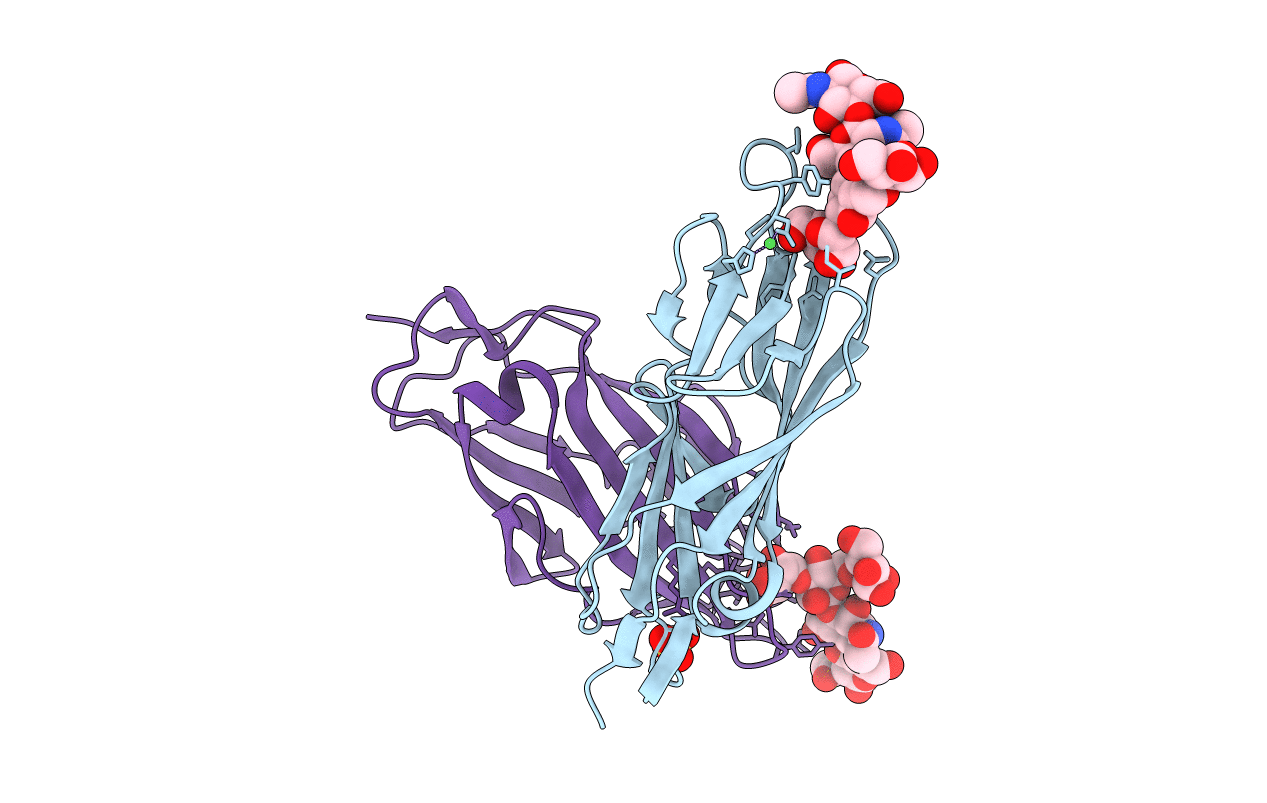
Deposition Date
2007-09-26
Release Date
2008-05-13
Last Version Date
2024-10-23
Entry Detail
PDB ID:
2VCO
Keywords:
Title:
Crystal structure of the fimbrial adhesin FimH in complex with its high-mannose epitope
Biological Source:
Source Organism:
ESCHERICHIA COLI (Taxon ID: 562)
Host Organism:
Method Details:
Experimental Method:
Resolution:
2.10 Å
R-Value Free:
0.24
R-Value Work:
0.18
R-Value Observed:
0.18
Space Group:
P 31 2 1


